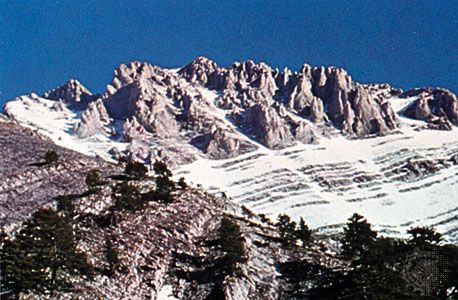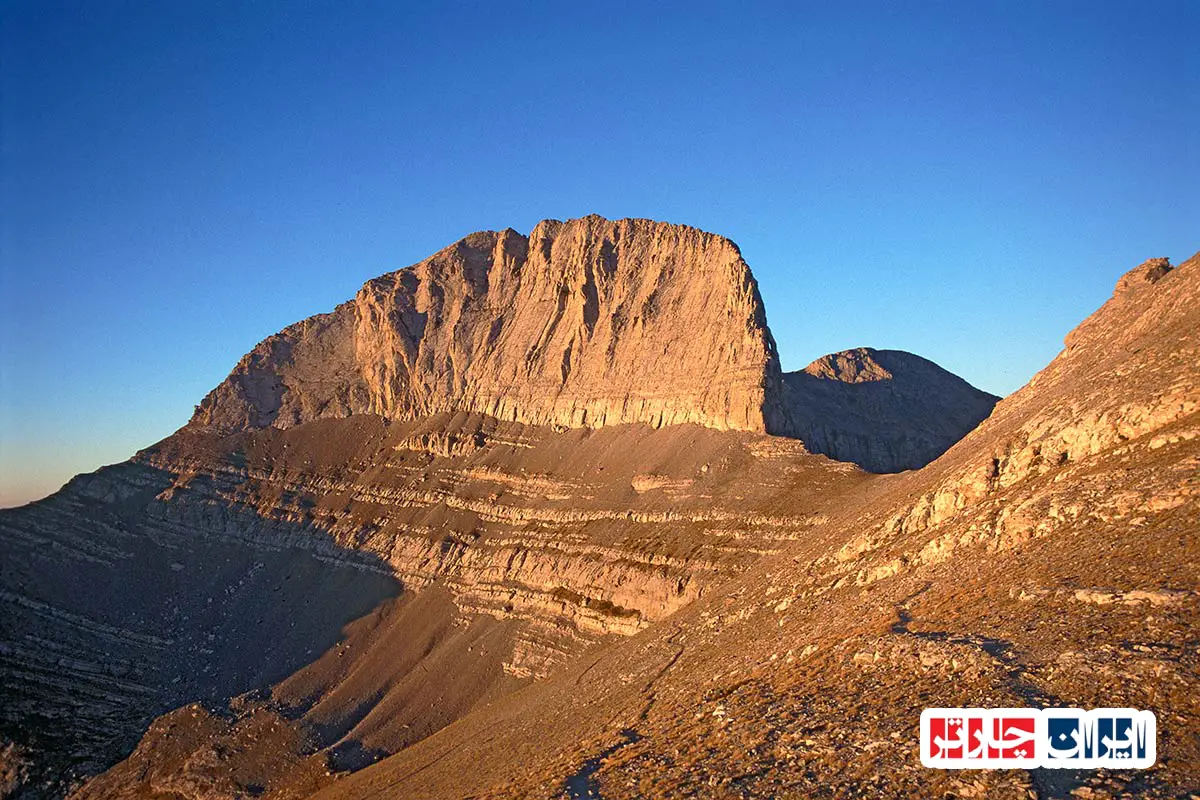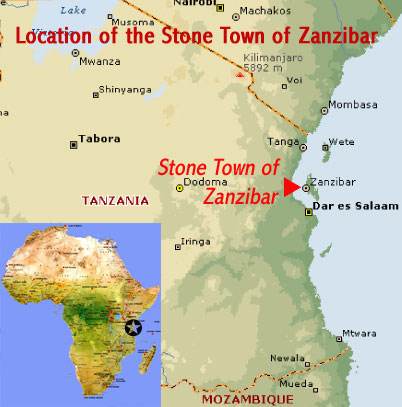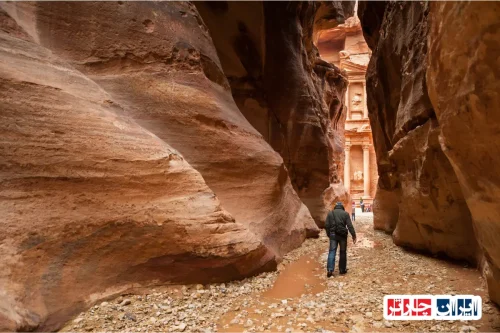Discover the Majestic Mount Olympus in Thessaly and Macedonia, Greece: A Journey Through Myth, Nature, and History
Mount Olympus in Thessaly and Macedonia, Greece, stands as a symbol of ancient mythology, breathtaking natural beauty, and rich cultural heritage. As the highest mountain in Greece, it has captivated explorers, hikers, and history enthusiasts for centuries. The mountain’s legendary status as the home of the Greek gods makes it a must-visit destination for those seeking to connect with the divine and explore the wonders of nature. From its towering peaks to its lush forests and archaeological sites, Mount Olympus offers an unparalleled experience that combines mythological significance with stunning landscapes. Whether you’re interested in hiking the scenic trails, discovering ancient ruins, or simply immersing yourself in the tranquility of the natural environment, Mount Olympus in Thessaly and Macedonia, Greece, provides a unique journey into history and spirituality. For more information and travel arrangements, visit Mount Olympus-Iran Charter.

Discover the Mythical Heritage of Mount Olympus in Thessaly and Macedonia, Greece
Mount Olympus in Thessaly and Macedonia, Greece, stands as a symbol of ancient mythology and natural grandeur. Renowned as the home of the Greek gods, this legendary mountain offers visitors a unique blend of myth, history, and breathtaking landscapes. Exploring Mount Olympus provides an immersive experience into Greek culture, where legends of Zeus, Hera, and other deities come alive amidst the majestic peaks and lush forests.
Unveiling the Rich History and Mythology of Mount Olympus in Greece
The history of Mount Olympus in Thessaly and Macedonia is deeply intertwined with Greek mythology. According to ancient legends, it was the divine residence of the Olympian gods, making it a sacred site for worship and mythological storytelling. Archaeological findings and ancient texts reveal that this mountain was a focal point for religious ceremonies and mythic tales that have shaped Greek cultural identity for centuries. Today, the mountain continues to inspire stories and attract scholars interested in the mythic origins of Greek civilization.
Unique Flora and Fauna of Mount Olympus in Thessaly and Macedonia
The ecological diversity of Mount Olympus in Greece is remarkable, hosting a wide array of endemic plant and animal species. Its varied altitude zones create habitats for rare orchids, medicinal herbs, and ancient relic plants that have survived since the Ice Age. The mountain’s forests are home to elusive wildlife, including mountain goats, wildcats, and numerous bird species, making it a vital ecological sanctuary. Conservation efforts are crucial to preserve this natural heritage for future generations and maintain the ecological balance of the region.
Hiking Trails and Mountain Climbing Routes on Mount Olympus in Greece
Mount Olympus offers a range of hiking and climbing routes suitable for all levels, from casual trekkers to experienced mountaineers. Popular trails lead to the summit of Mytikas, the highest peak, providing panoramic views of Thessaly and Macedonia. Well-marked paths, mountain refuges, and safety facilities ensure an enjoyable and secure experience for visitors. Whether you seek a leisurely hike through scenic forests or a challenging ascent to the summit, Mount Olympus’s diverse routes promise unforgettable adventures amidst stunning natural scenery.
Historical and Cultural Sites Around Mount Olympus in Thessaly and Macedonia
The region surrounding Mount Olympus is rich in archaeological and cultural sites. Ancient temples, monasteries, and ruins tell stories of past civilizations that revered this sacred mountain. Notable sites include the ancient city of Dion, which was a major religious center, and various monasteries perched on mountain slopes that reflect Byzantine heritage. Visiting these sites offers insight into the spiritual and historical significance of Mount Olympus in Greek culture, connecting visitors with centuries of tradition and faith.
The Geology and Formation of Mount Olympus in Greece
Mount Olympus’s majestic peaks are the result of complex geological processes spanning millions of years. Its formation involved tectonic plate movements, volcanic activity, and erosion, creating the rugged landscape admired today. The mountain’s diverse rock formations, including limestone and granite, reveal its dynamic geological history. Studying its geology provides valuable insights into the Earth’s evolution and the natural forces that shaped this iconic Greek mountain.
Spiritual Significance and Sacred Sites on Mount Olympus in Thessaly and Macedonia
Throughout history, Mount Olympus has been a sacred site for worship and spiritual reflection. Numerous shrines, caves, and monasteries are scattered across its slopes, serving as places of pilgrimage and meditation. The Cave of the Nymphs and the sanctuary of Zeus are among the most revered sites, embodying the mountain’s divine connection. These sacred locations continue to attract spiritual seekers and tourists alike, emphasizing the mountain’s enduring spiritual legacy in Greek culture.
Adventures and Exploration Stories from Mount Olympus in Greece
Over centuries, explorers, climbers, and adventurers have embarked on journeys to conquer Mount Olympus’s peaks. From early mountaineers recording their ascents to modern thrill-seekers exploring its rugged trails, each story adds to the mountain’s legendary status. These tales of perseverance, discovery, and awe inspire countless visitors to experience the mountain’s natural beauty firsthand. Documenting these adventures helps preserve the spirit of exploration that defines Mount Olympus in Thessaly and Macedonia.
Mount Olympus’s Role in Greek Culture and Artistic Inspiration
Mount Olympus has profoundly influenced Greek art, literature, and culture. Its mythic status has inspired countless paintings, sculptures, poems, and stories that celebrate its divine heritage. Artists and writers have depicted its majestic peaks and mythological tales, reinforcing its symbolic importance. Today, Mount Olympus remains a muse for contemporary creators, symbolizing divine power, natural beauty, and cultural identity, ensuring its legacy endures through artistic expression.

Frequently Asked Questions about Mount Olympus in Greece
- What is the significance of Mount Olympus in Greek mythology?
- Mount Olympus is considered the home of the Greek gods, especially Zeus, Hera, and Poseidon. According to ancient legends, it was the divine residence where gods held their council and governed the universe. It symbolizes divine power, immortality, and the epic stories that have shaped Greek culture for centuries.
- Where is Mount Olympus located?
- Mount Olympus is situated in northern Greece, spanning the regions of Thessaly and Macedonia. It is part of the Olympus mountain range, which is renowned for its majestic peaks and rich mythological history.
- What is the highest peak of Mount Olympus?
- The highest peak of Mount Olympus is Mytikas, which reaches an elevation of 2,917 meters (9,570 feet). It is a popular destination for climbers and hikers seeking panoramic views of the surrounding landscapes.
- What kind of flora and fauna can be found on Mount Olympus?
- Mount Olympus hosts a diverse range of endemic plant and animal species. Visitors can find rare orchids, medicinal herbs, and ancient relic plants. Wildlife includes mountain goats, wildcats, and numerous bird species, making it an ecological sanctuary.
- Are there hiking trails on Mount Olympus?
- Yes, Mount Olympus offers various trails suitable for all levels, from casual hikers to experienced mountaineers. The trails lead to the summit of Mytikas and other peaks, with well-marked paths, refuges, and safety facilities to ensure a secure experience.
- What are some important archaeological sites around Mount Olympus?
- The region is rich in historical sites such as the ancient city of Dion, which was a major religious center. Monasteries and ruins scattered across the area reflect Byzantine heritage and ancient worship practices.
- How was Mount Olympus formed geologically?
- Mount Olympus’s rugged landscape resulted from tectonic plate movements, volcanic activity, and erosion over millions of years. Its rock formations include limestone and granite, revealing its dynamic geological history.
- What is the spiritual significance of Mount Olympus?
- Throughout history, Mount Olympus has been a sacred site for worship and spiritual reflection. Shrines, caves, and sanctuaries like the Cave of the Nymphs and the sanctuary of Zeus symbolize its divine connection and continue to attract spiritual visitors.
- Can I climb Mount Olympus?
- Yes, climbers and adventurers can attempt to reach the summit of Mytikas. The ascent requires proper preparation and equipment, but the experience offers breathtaking views and a sense of achievement.
- What role does Mount Olympus play in Greek culture today?
- Mount Olympus remains a cultural icon, inspiring art, literature, and tourism. It symbolizes divine power, natural beauty, and Greek heritage, attracting visitors from around the world who seek to connect with its mythic legacy.
- Are there guided tours available for Mount Olympus?
- Yes, numerous tour operators offer guided excursions, including hikes, climbs, and cultural visits. These tours provide expert guidance, safety, and insights into the mountain’s mythological and natural significance.
- What is the best time of year to visit Mount Olympus?
- The ideal time to visit is during spring (April to June) and early autumn (September to October), when the weather is mild, and the natural scenery is at its most vibrant. Summer can be warmer, but it is also peak tourist season.
- Are there accommodations near Mount Olympus?
- Yes, there are hotels, guesthouses, and mountain refuges in the surrounding areas, especially in the towns of Litochoro and Dion, providing comfortable options for visitors before or after their excursions.
- How does Mount Olympus influence Greek art and literature?
- Mount Olympus has profoundly inspired Greek artists, writers, and poets. Its majestic peaks and mythological stories are depicted in paintings, sculptures, poems, and stories, symbolizing divine power and natural beauty that continue to inspire contemporary culture.
























